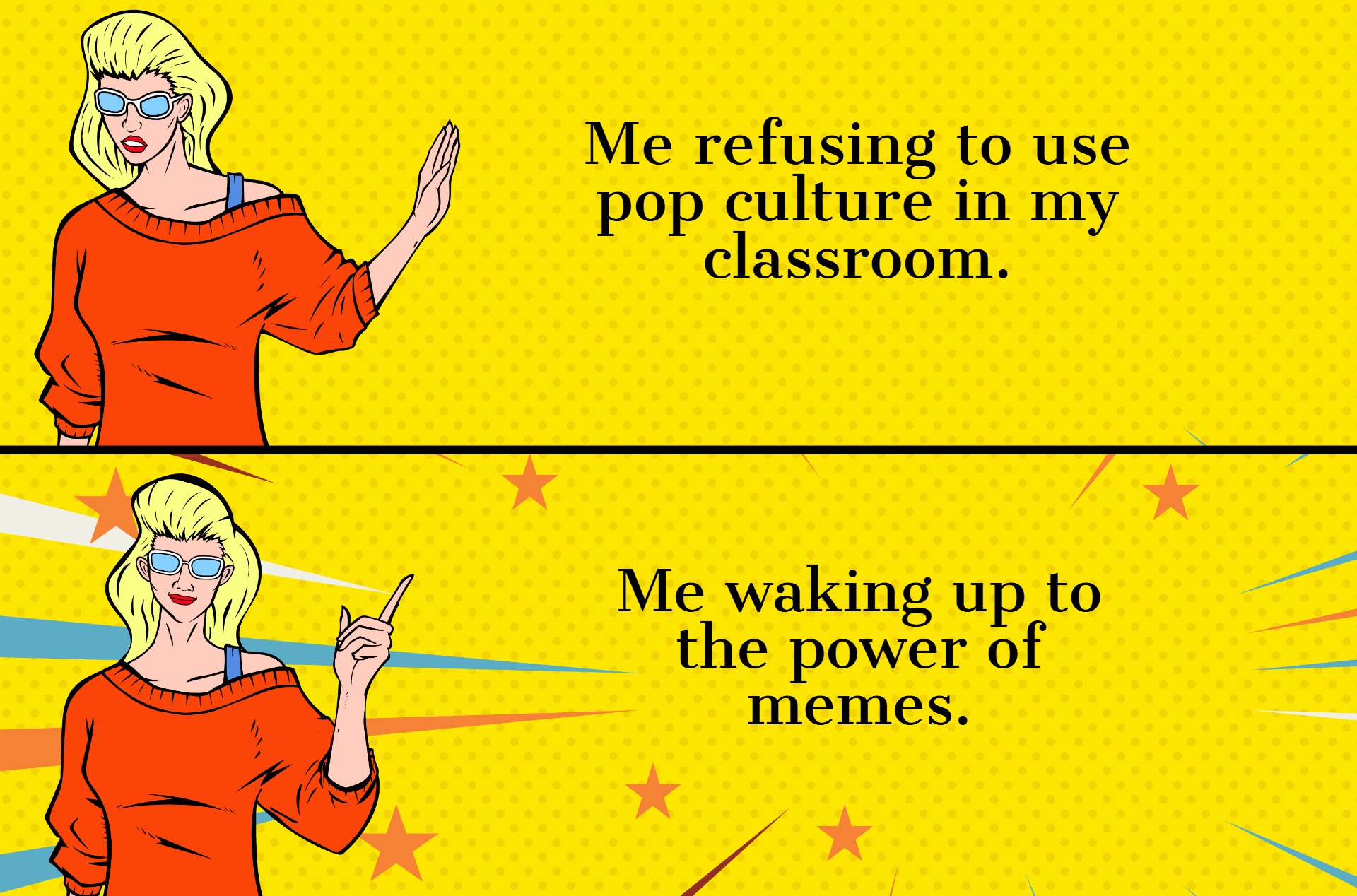Profs teaching online need to focus on increasing their compassion toward students
What the rapid shift to remote delivery has shown us about the value of compassion.

When we were told in March that we would be teaching from home, most of the discussion between us, our institutional colleagues, and our larger network of academic peers on social media became focused on how to keep students engaged as we all moved to a remote, alternate-delivery style of teaching. Over the end of the winter term and through the summer, we tried many of the suggestions that emerged from these discussions, including breakout rooms, flipped classes, synchronous and asynchronous delivery methods, and collaborative tools such as Jamboard, Discord, and more. Our hope was that these new strategies, combined with the handful of our face-to-face strategies that could translate over synchronous remote delivery, would be enough to keep students engaged. Sometimes they have worked (very active text-based chat, active and varied questions during class, consistent attendance rates), sometimes not so much (students not using discussion platforms, silent breakout rooms, so many procedural questions during Aaron’s first online test).
A few weeks ago, perhaps around the same time that most of us were being informed that the upcoming winter term would again be remote delivery, the conversation started to change. The topic of engagement was moving more to the background and was being replaced by discussions on how to increase compassion toward students. Looking back, this change actually started when we were preparing our fall courses, we just didn’t name it as such. While we were still concerned about ways to engage students, our focus was starting to shift to ways of increasing flexibility, and compassion in our approaches to delivery and evaluation. Some of the pedagogical changes that we made included:
- Increased flexibility on due dates and times
- Generous assessment expectations including multiple attempts, more open book opportunities and increased time compared to face-to-face equivalents
- Reviewing and rewriting assignment and test questions to better fit open book and even internet-searchable responses
- Replacing stressful online tests with projects or case studies
- Recording all synchronous delivery and making it available for asynchronous learning as well
When we think about compassion, we come at it from the (albeit cliché) perspective that we are all in this together. To be compassionate, means that we recognize we are all co-suffering, and that it is part of our work to have a sensitivity to and help to minimize some of that suffering. When we focus on our role as educators in a pandemic, it means that we prioritize authenticity and integrity in the classroom. We convey to our students that they are active participants in their education, and – although it may sound trivial – that we care about them. We tell them that we care about how they are and what they are going through, because we are going through it too. Having said that, we also make it clear that we are not all going through this experience in the same ways. As white, cisgender, able-bodied people, we cannot understand the experience of the pandemic from our BIPOC, queer, or disabled students, for example. Acknowledging our differences speaks to the ways that we are as authentic as possible with our students, that we are an ally to them, and that we are what we teach (on good days and not-so-good days).
Some of the compassionate things you can do include:
- Check in with your students, ask them how they are doing
- Creating spaces that are as safe as possible
- Listening to and anticipating diverse student needs
- Believe your students when they say they are struggling
- Trust them to be doing their best
- Be transparent about some of your own struggles and establish your own boundaries
As a response to those who may critique this approach as being too soft or coddling of students in higher education, we offer the following: being kind and having compassion does not excuse students who ignore or fail to meet clearly-defined criteria, nor does it lower learning expectations or undermine your role as the instructor. However, being kind and having compassion does create healthy classrooms, lower anxiety, fear, and shame and also models important behaviour for life outside of and after university. In time, we may even find that compassion is one of the most important and effective engagement strategies – regardless of delivery mode.
Aaron Langille is a master lecturer in the school of the environment at Laurentian University. Victoria Kannen writes and teaches on the subjects of identity, privilege, education, and popular culture, also at Laurentian University.
Featured Jobs
- Business – Lecturer or Assistant Professor, 2-year term (Strategic Management) McMaster University
- Education - (2) Assistant or Associate Professors, Teaching Scholars (Educational Leadership)Western University
- Veterinary Medicine - Faculty Position (Large Animal Internal Medicine) University of Saskatchewan
- Psychology - Assistant Professor (Speech-Language Pathology)University of Victoria
- Canada Excellence Research Chair in Computational Social Science, AI, and Democracy (Associate or Full Professor)McGill University















Post a comment
University Affairs moderates all comments according to the following guidelines. If approved, comments generally appear within one business day. We may republish particularly insightful remarks in our print edition or elsewhere.